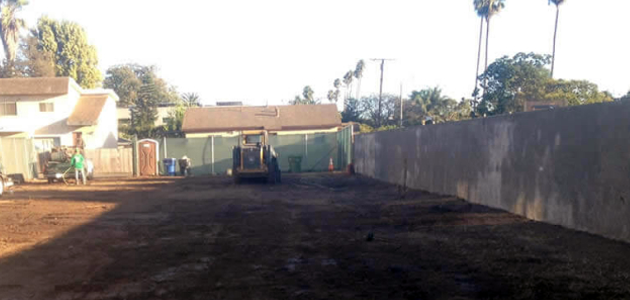Sacramento, California, known for its lush greenery and abundant tree canopy, is facing an unprecedented tree emergency. With rising temperatures, prolonged droughts, and the increasing threat of wildfires, the city's trees are under immense stress, leading to widespread decline and heightened risk to public safety. This article explores the key factors contributing to the Tree Emergency In Sacramento and proposes actionable solutions to mitigate its impact.
Key Points:
1. Climate Change and Drought:
Sacramento's trees are facing the brunt of climate change, with temperatures rising and precipitation becoming increasingly erratic.
Prolonged droughts have deprived trees of essential moisture, weakening their defenses against pests, diseases, and extreme weather events.
Lack of sufficient water exacerbates stress on trees, leading to premature leaf drop, stunted growth, and increased susceptibility to diseases such as sudden oak death and pests like the emerald ash borer.
2. Wildfire Threat:
The threat of wildfires looms large over Sacramento, posing a significant risk to both urban and wildland areas.
Dead and diseased trees serve as fuel for wildfires, intensifying their spread and making containment efforts more challenging.
Proactive measures such as tree removal, thinning of vegetation, and creation of defensible spaces are essential to reducing the wildfire risk posed by unhealthy trees.

3. Public Safety Concerns:
- Declining tree health directly impacts public safety, as weakened trees are more prone to limb failure and uprooting during storms or high winds.
- Falling branches and toppling trees pose a threat to pedestrians, motorists, and structures, highlighting the urgent need for tree maintenance and risk assessment.
- Regular inspections by certified arborists and prompt removal of hazardous trees are crucial steps to ensure public safety and minimize the potential for accidents and property damage.
4. Community Engagement and Action:
Addressing the tree emergency in Sacramento requires a collaborative effort involving government agencies, community organizations, and residents alike.
Raising awareness about the importance of trees, their role in mitigating climate change, and the need for proactive tree care is essential for fostering a culture of stewardship.
Community tree planting initiatives, tree maintenance workshops, and volunteer programs can empower residents to play an active role in preserving and enhancing Sacramento's urban forest.
Conclusion:
The Tree Emergency In Sacramentodemands immediate attention and concerted action to safeguard the city's urban forest and mitigate the associated risks to public safety and environmental health. By addressing the root causes of tree decline, implementing proactive measures to reduce wildfire threats, and fostering community engagement, Sacramento can preserve its green legacy for future generations. It's time for stakeholders at all levels to come together and prioritize the protection and restoration of Sacramento





Write a comment ...